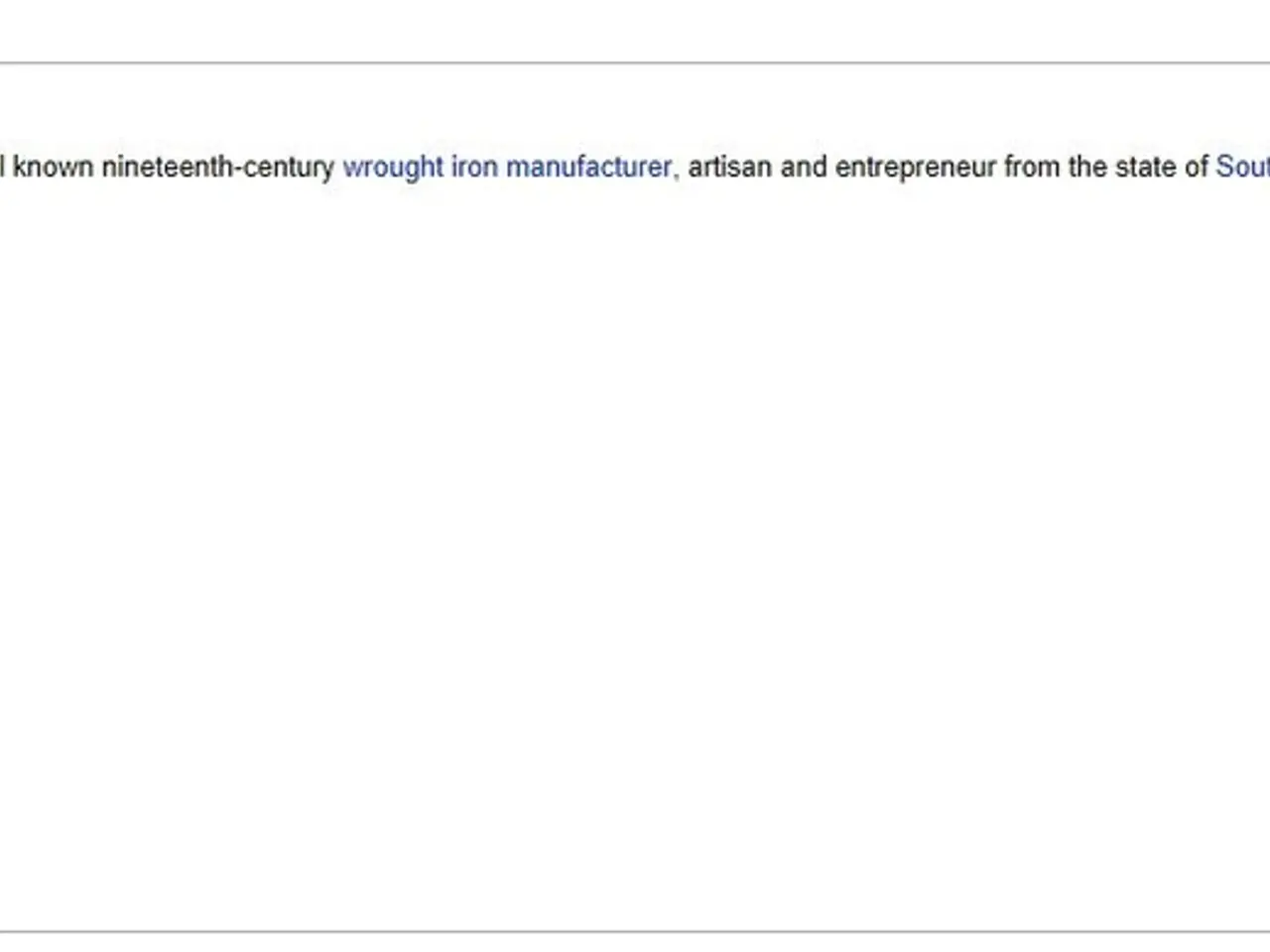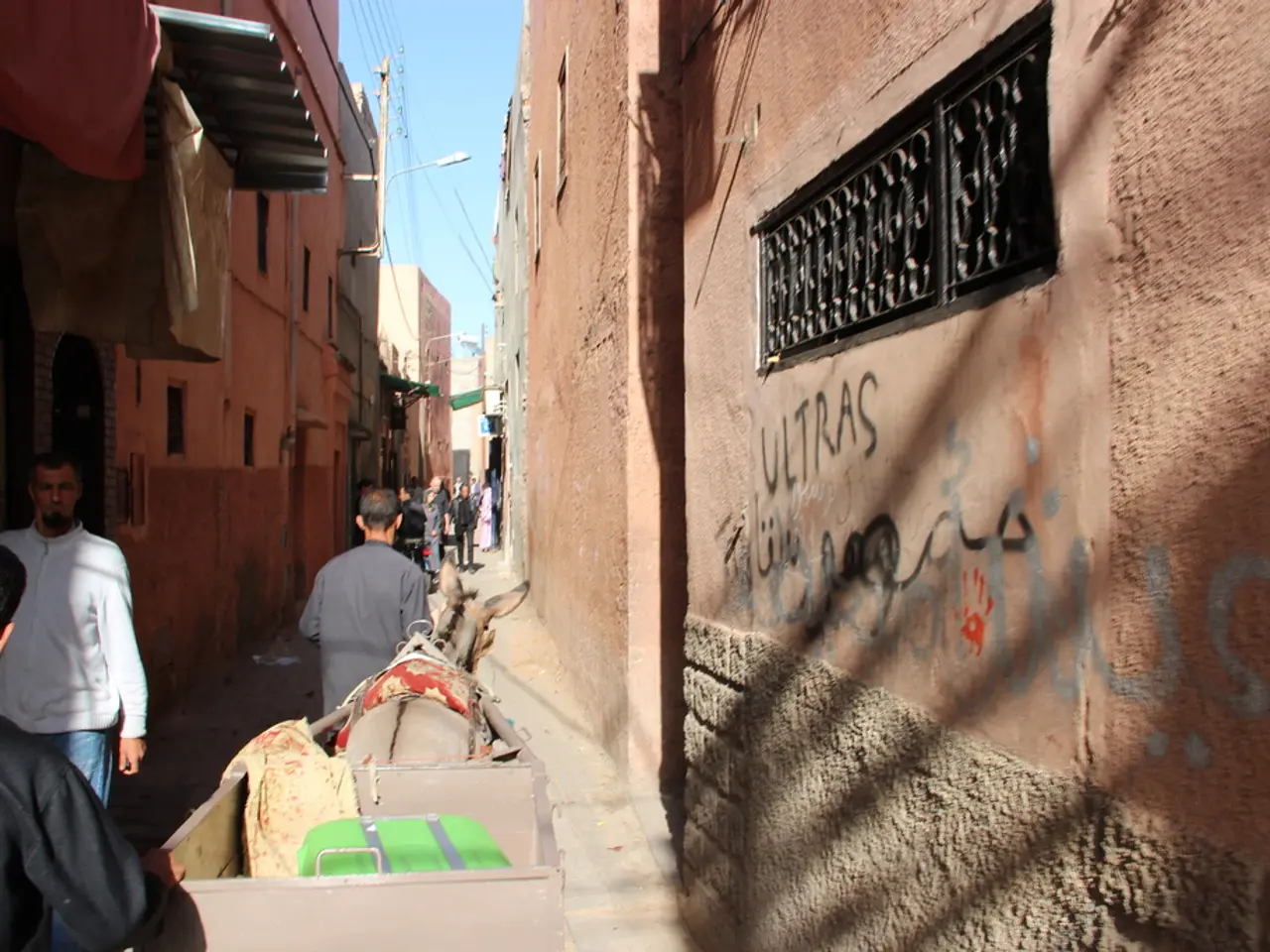Trump's threats, according to Hamas, are solely escalating the hardship of Israeli Prime Minister Netanyahu within the blockade of Gaza
In a series of recent developments, negotiations between Hamas and the United States regarding a ceasefire in Gaza have hit a snag. As of late July 2025, both the U.S. and Israel have recalled their negotiating teams from Qatar, blaming Hamas for not "acting in good faith" on the talks [1].
The proposed ceasefire, under consideration, included an initial 60-day truce, exchange of Palestinian prisoners and Israeli hostages, and increased humanitarian aid to Gaza before broader discussions on a lasting ceasefire could begin [1]. However, Hamas has consistently insisted on a full Israeli withdrawal from Gaza and an immediate end to the conflict, rather than phased solutions [1].
The stalemate in negotiations has left the humanitarian situation in Gaza severe. Despite some Israeli military pauses intended to facilitate aid, the situation remains dire [1]. Calls for a ceasefire continue amid the sharply divergent political positions.
Notably, President Donald Trump took credit for the ceasefire agreement that has allowed the release of 33 captives since January [1]. Omer Shem Tov, one of the hostages, thanked Trump for saving their lives and being the reason they are alive [1]. Trump, however, has maintained a firm stance towards Hamas, threatening them with "a hell" if they do not immediately release all hostages in Gaza [1].
In a positive development, talks between the U.S., Hamas, Egyptian, and Qatari mediators ended positively and are heading towards the expected negotiations for the second phase of the ceasefire [1]. The discussions between the White House and Hamas are aimed at a new prisoner exchange for Palestinian prisoners [1].
Meanwhile, Israel has imposed a complete blockade on all goods and humanitarian aid entering Gaza [1]. Tal Shoham, another recently released hostage, met with Israeli Prime Minister Benjamin Netanyahu and described the difficulties he faced in captivity and the cruel psychological war inflicted by Hamas terrorists [1].
The United States has engaged in an unprecedented dialogue with Hamas, a terrorist organization since 1997, for discussions regarding the future governance of Gaza [1]. The White House is maintaining ongoing conversations and discussions with Hamas to definitively end the war in Gaza [1]. However, Trump's stance towards the Palestinian group has not softened, and he suggested the permanent displacement of the entire Palestinian population of the Strip to rebuild it and turn it into a tourist destination [1].
As the talks remain paused, it appears that a diplomatic resolution to the Gaza conflict may be distant. Hamas continues to urge negotiations on the second phase, insisting that the second phase of the agreement, which includes the complete withdrawal of Israeli troops, the definitive end of the war, and the future governance of Gaza, must begin [1]. The ceasefire talks are at a standstill, and the future of Gaza remains uncertain.
[1] Source: Reuters, The Jerusalem Post, The New York Times, and The Washington Post.
- Despite ongoing discussions between the U.S., Hamas, and other mediators, the average public opinion regarding the resolution of the Gaza conflict remains pessessimistic, as the ceasefire talks remain at a standstill.
- Amidst continued general news coverage of war-and-conflicts, politics, and crime-and-justice, the stalemate in negotiations between Hamas and Israeli authorities over a ceasefire in Gaza has sparked concerns about the future governance of the region, with calls for a lasting solution growing louder.







